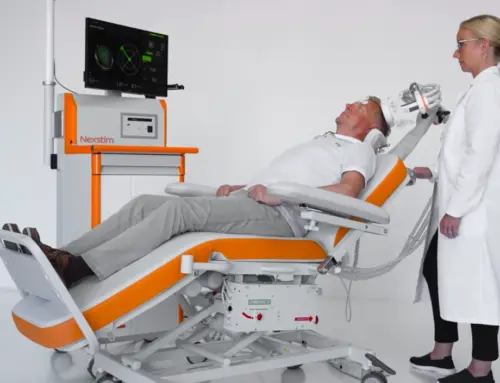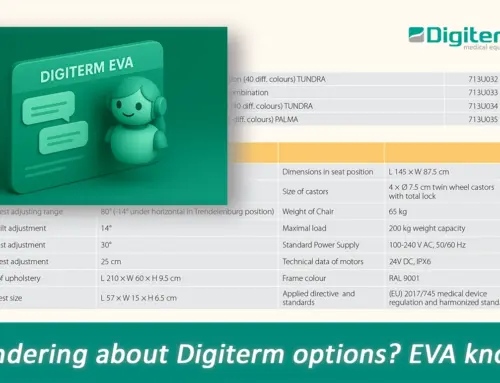When purchasing medical equipment, the initial price is just one part of the total investment. A more accurate evaluation considers the Total Cost of Ownership (TCO) – the full range of expenses associated with a product over its entire lifecycle. Understanding TCO allows healthcare providers to make informed financial decisions, reduce unexpected costs, and maximize long-term value.
TCO goes beyond the purchase price and includes costs related to installation, daily operation, maintenance, repairs, training, compliance, and even disposal. A lower upfront cost may seem attractive, but if an item requires frequent servicing, expensive spare parts, or has a short lifespan, it may result in higher overall expenses compared to a more durable, reliable alternative.
Key Factors Influencing TCO:
Purchase & Installation – The initial cost of acquiring the equipment, including shipping, site preparation, and integration into existing systems. Proper installation ensures seamless operation from day one.
Maintenance & Repairs – Regular servicing is essential for keeping equipment in optimal condition. Unexpected breakdowns can be costly and disrupt operations. Choosing reliable, low-maintenance equipment can significantly reduce these costs.
Refurbishment & Upgrades – Digiterm’s medical treatment chairs can be easily refurbished or upgraded to extend their lifetime, improving efficiency without the need for a complete replacement. Considering upgradability can result in long-term savings.
Training & Support – Proper user training reduces operational errors and extends equipment longevity. Ongoing support, whether from the manufacturer or from a local representative, ensures smooth functionality and minimizes downtime.
Safety & Compliance – Medical equipment must meet strict regulatory and safety standards. Hidden costs can arise from compliance updates, safety modifications, or penalties for non-compliance.
End-of-Life Costs – When equipment reaches the end of its service life, disposal, resale brand value, or trade-in opportunities should be considered. Environmentally friendly decommissioning can help reduce costs.
Why TCO Matters
Making decisions based on Total Cost of Ownership rather than just the purchase price leads to smarter investments. TCO analysis helps in:
-
Avoiding hidden costs that may emerge later.
-
Maximizing return on investment by choosing durable, high-quality equipment.
-
Enhancing operational efficiency with fewer disruptions and better resource planning.
-
Ensuring patient safety and regulatory compliance without unexpected financial burdens.
By evaluating all aspects of ownership, healthcare facilities can achieve long-term financial sustainability, improved efficiency, and higher quality patient care.










